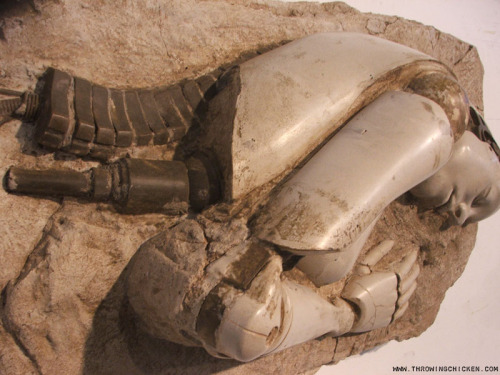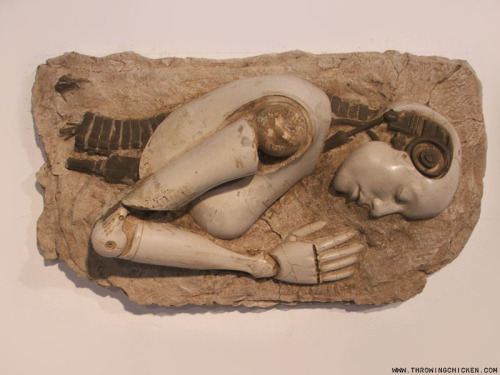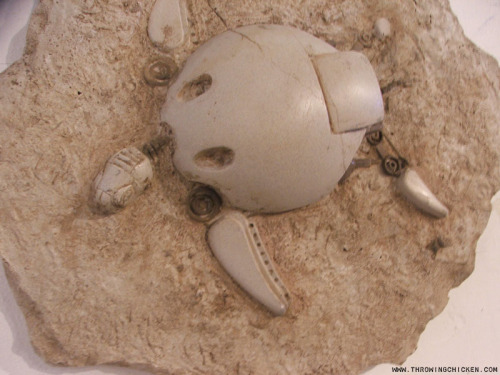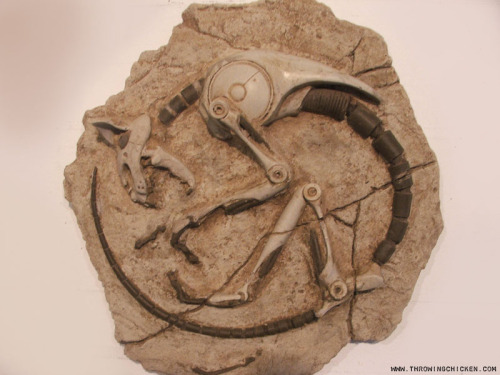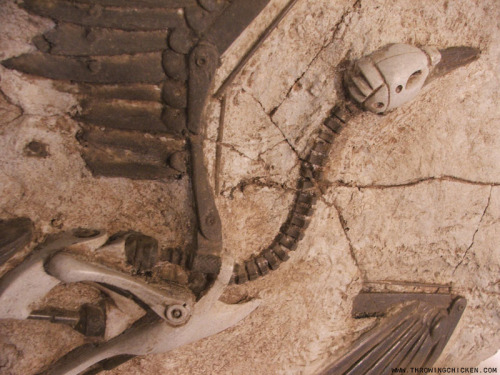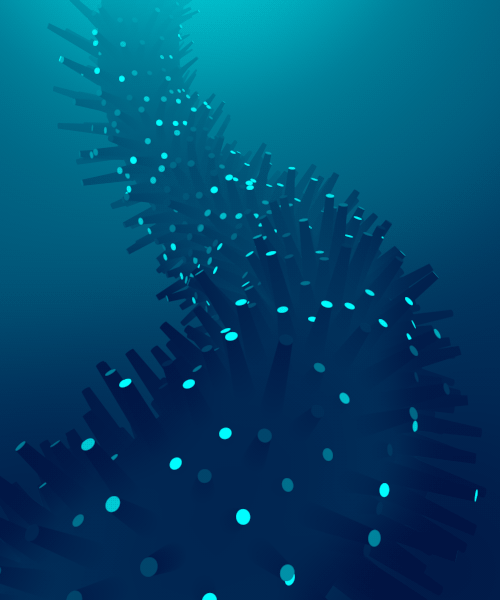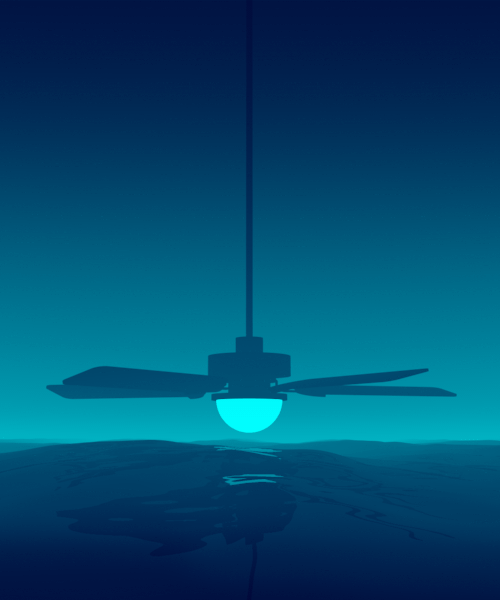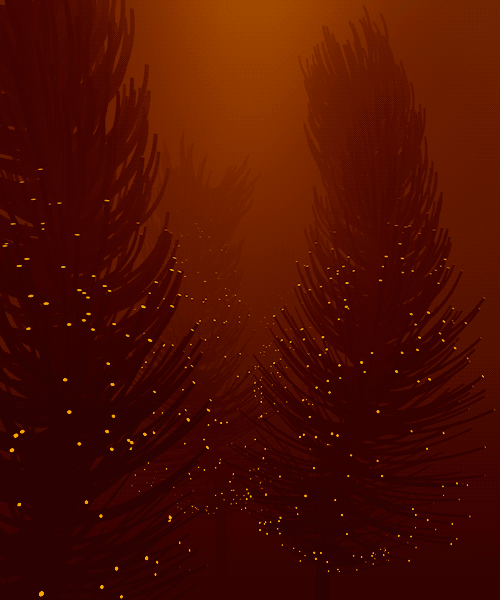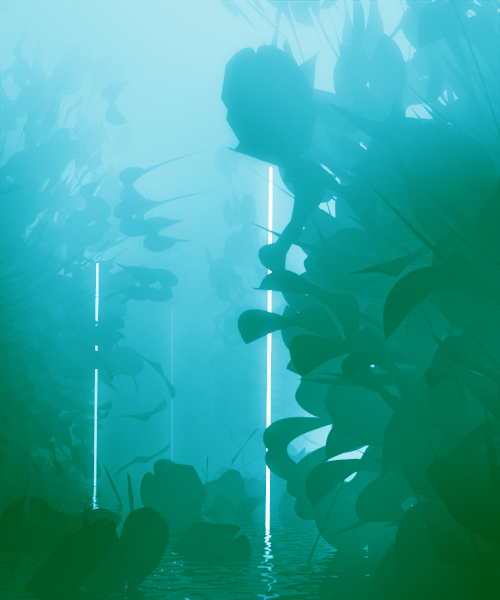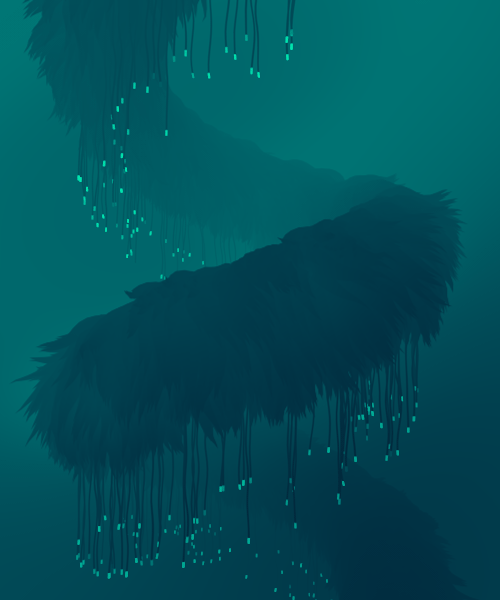Introducing The Most Versatile Piece Of Laboratory Equipment: The Septum. It’s A Septum! It’s A Makeshift



Introducing the most versatile piece of laboratory equipment: the septum. It’s a septum! It’s a makeshift SureSeal! It’s a makeshift vial adapter! It’s a holder for reaction tubes!
More Posts from Secretagentpeptidebond and Others

The ballrooms of the Westin St. Francis hotel were packed with rows of men in blue and gray suits. Outside the hotel, where attendees gather for coffee, was about the same -- of 47 people sitting on one side of the square outside the conference hotel, two were women. Of those, one was in media relations. There was no line for the women’s bathroom.
LifeSci’s McDonald says it’s just reality that the industry and its investors skew male. That’s why he hired the models.
“When you think about going to a party, when you don’t have any models, it’s going to be 90/10, or even greater, male-to-female,” he said. “Adding in some females changes the dynamic quite a bit.”
Device Rids Buses of Dangerous Pathogens The best place to enjoy a breath of fresh air may be a city bus, if Rice Univ. students have their way. A team of graduating seniors has created a system for public transit that would continually clear the air of pathogens that can lead to tuberculosis (TB), flu and pneumonia. The CityBusters – Joseph Spinella, Jerry Lue, Sundeep Mandava, Grace Ching and Shidong Chen, all seniors – have installed a $500 device on a METRO bus in Houston that has proven effective at killing 99.8 percent of the pathogens that circulate through the air-filtering system. The device, called FluProof, incorporates high-powered ultraviolet lamps that sterilize the air on the fly. Read more: http://www.laboratoryequipment.com/news-Device-Rids-Busses-of-Dangerous-Pathogens-043012.aspx
Space Lettuce in the White House Kitchen Garden
While most people plant gardens on Earth, we’re working to cultivate one in space!

On April 5, the First Lady welcomed students from across the country as well as NASA Deputy Administrator Dava Newman and NASA astronaut Cady Coleman to the White House Kitchen Garden.

While there, they planted various produce, including the same variety of lettuce that will be sent to the International Space Station on the April 8 SpaceX cargo launch.

These seeds were prepared and packaged for both the First Lady’s garden, as well as the batch headed up to space station. “Outredgeous” Red Romaine Lettuce and “Tokyo bekana” Chinese Cabbage will soon be growing in both gardens!
Why do we grow plants in space?

Our Veggie plant growth system on the space station provides lighting and nutrient supply for a space garden. It supports a variety of plant species that can be cultivated for educational outreach, fresh food and even recreation for crew members on long-duration missions.
When crews travel farther into space, they will need a self-sustaining life support system, and that means growing their own food.
How do we grow plants in space? Here’s a resource for “Space Gardening 101”.
Want to see the space station seeds launch? You can watch Friday’s SpaceX cargo launch live online starting at 3:30 p.m. EDT, with launch scheduled for 4:43 p.m.
Make sure to follow us on Tumblr for your regular dose of space: http://nasa.tumblr.com

Formation of a polyaromatic imidazole based compound.
I used quite harsh conditions to prepare this compound (polyphosphoric acid and 180 °C), but instead of obtaining a black mess as usual, I obtained a deep blue reaction mixture with a white mass floating on it’s surface and some white crystals sublimed out from it to the wall of the flask. The only question is, that where is the compound what I am looking for….

The cellular structure of wood as seen through a Victorian microscope. (via)

A Disturbance In The F-Ring
A bright disruption in Saturn’s narrow F ring suggests it may have been disturbed recently. This feature was mostly likely not caused by Pandora (50 miles or 81 kilometers across) which lurks nearby, at lower right. More likely, it was created by the interaction of a small object embedded in the ring itself and material in the core of the ring. Scientists sometimes refer to these features as “jets.”
Because these bodies are small and embedded in the F ring itself, they are difficult to spot at the resolution available to NASA’s Cassini spacecraft. Instead, their handiwork reveals their presence, and scientists use the Cassini spacecraft to study these stealthy sculptors of the F ring.
This view looks toward the sunlit side of the rings from about 15 above the ring plane. The image was taken in visible light with the Cassini spacecraft narrow-angle camera on April 8, 2016.
The view was acquired at a distance of approximately 1.4 million miles (2.2 million kilometers) from Saturn and at a Sun-Saturn-spacecraft, or phase, angle of 105 degrees. Image scale is 8 miles (13 kilometers) per pixel.
The Cassini mission is a cooperative project of NASA, ESA (the European Space Agency) and the Italian Space Agency. The Jet Propulsion Laboratory, a division of the California Institute of Technology in Pasadena, manages the mission for NASA’s Science Mission Directorate, Washington. The Cassini orbiter and its two onboard cameras were designed, developed and assembled at JPL. The imaging operations center is based at the Space Science Institute in Boulder, Colorado. -NASA/JPL-
Image above © NASA/JPL-Caltech/Space Science Institute
-
 politicsart-blog liked this · 7 years ago
politicsart-blog liked this · 7 years ago -
 key-floss-blog liked this · 8 years ago
key-floss-blog liked this · 8 years ago -
 alexismind liked this · 8 years ago
alexismind liked this · 8 years ago -
 arrakaia liked this · 8 years ago
arrakaia liked this · 8 years ago -
 bioscigirl-blog reblogged this · 8 years ago
bioscigirl-blog reblogged this · 8 years ago -
 secretagentpeptidebond reblogged this · 9 years ago
secretagentpeptidebond reblogged this · 9 years ago -
 quietchemist liked this · 9 years ago
quietchemist liked this · 9 years ago -
 oursandra1 liked this · 9 years ago
oursandra1 liked this · 9 years ago -
 chemicaljourney1 liked this · 9 years ago
chemicaljourney1 liked this · 9 years ago -
 thesbiansforthewin reblogged this · 9 years ago
thesbiansforthewin reblogged this · 9 years ago -
 aloneandinterested liked this · 9 years ago
aloneandinterested liked this · 9 years ago -
 davethoyo-blog liked this · 9 years ago
davethoyo-blog liked this · 9 years ago -
 dosciencetoit reblogged this · 9 years ago
dosciencetoit reblogged this · 9 years ago -
 dracota liked this · 9 years ago
dracota liked this · 9 years ago -
 vic-e-lpz liked this · 9 years ago
vic-e-lpz liked this · 9 years ago -
 nomadpostgrad liked this · 9 years ago
nomadpostgrad liked this · 9 years ago -
 bobthenarwhal liked this · 9 years ago
bobthenarwhal liked this · 9 years ago -
 meghan8awesome liked this · 9 years ago
meghan8awesome liked this · 9 years ago -
 systlin reblogged this · 9 years ago
systlin reblogged this · 9 years ago -
 osredy-blog liked this · 9 years ago
osredy-blog liked this · 9 years ago -
 metanoiacrystal-blog liked this · 9 years ago
metanoiacrystal-blog liked this · 9 years ago -
 science-prime liked this · 9 years ago
science-prime liked this · 9 years ago -
 tonnobarbuto liked this · 9 years ago
tonnobarbuto liked this · 9 years ago -
 avegantrex-blog liked this · 9 years ago
avegantrex-blog liked this · 9 years ago -
 curiousindianajones liked this · 9 years ago
curiousindianajones liked this · 9 years ago -
 svz4 liked this · 9 years ago
svz4 liked this · 9 years ago -
 lolayolla reblogged this · 9 years ago
lolayolla reblogged this · 9 years ago -
 lolayolla liked this · 9 years ago
lolayolla liked this · 9 years ago -
 tinsnip liked this · 9 years ago
tinsnip liked this · 9 years ago -
 waitingfortheworms33 liked this · 9 years ago
waitingfortheworms33 liked this · 9 years ago -
 weareallbirds liked this · 9 years ago
weareallbirds liked this · 9 years ago -
 sidelongthoughts liked this · 9 years ago
sidelongthoughts liked this · 9 years ago -
 wired21 reblogged this · 9 years ago
wired21 reblogged this · 9 years ago -
 tropicalvolcano liked this · 9 years ago
tropicalvolcano liked this · 9 years ago -
 deaaaaaaaaaaaaad-blog liked this · 9 years ago
deaaaaaaaaaaaaad-blog liked this · 9 years ago -
 wildrosesgoldtassels liked this · 9 years ago
wildrosesgoldtassels liked this · 9 years ago -
 hood32 reblogged this · 9 years ago
hood32 reblogged this · 9 years ago -
 heacher liked this · 9 years ago
heacher liked this · 9 years ago
